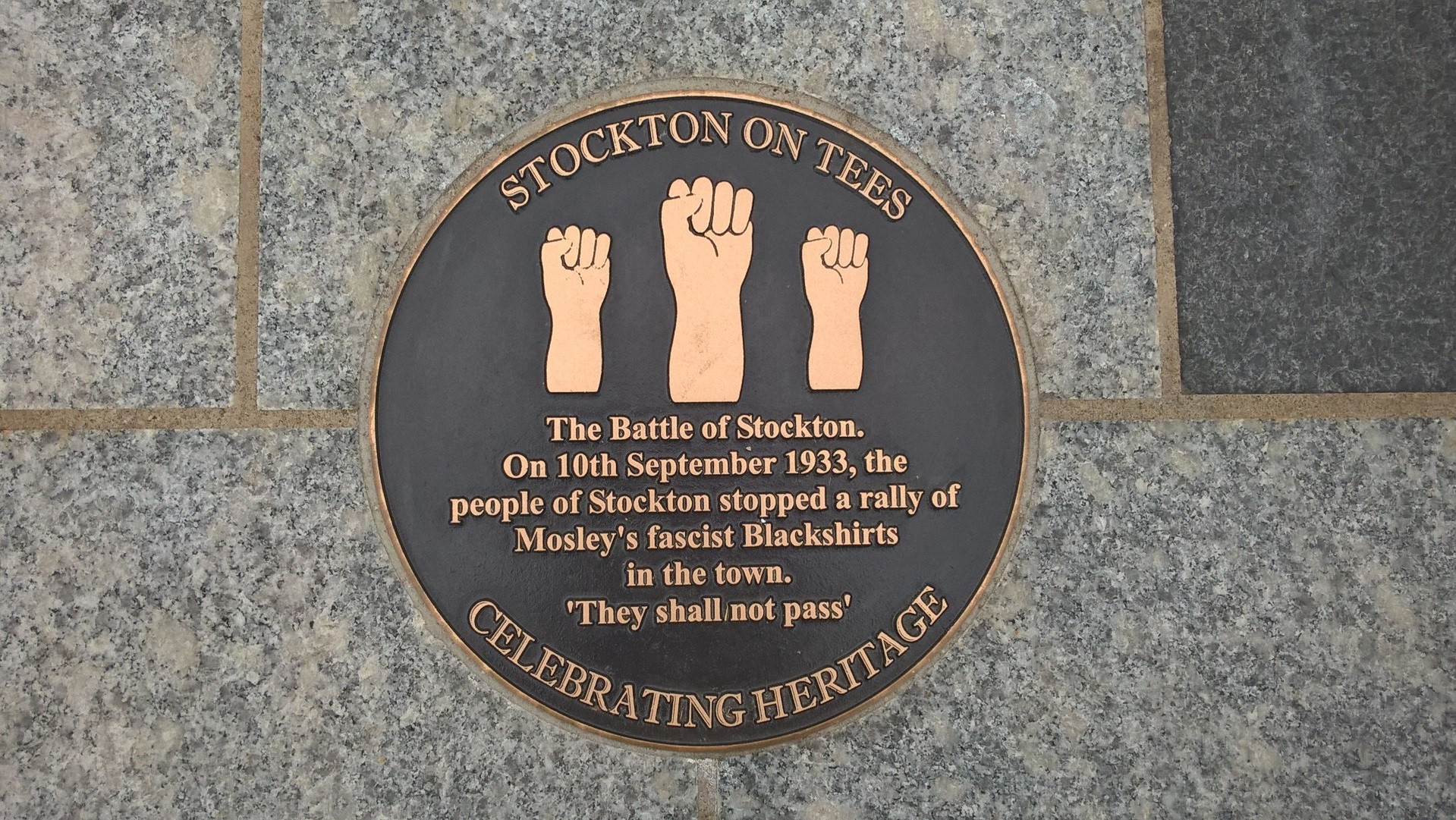Who we are
 A major exhibition of photographer Martin Jenkinson’s work is on in his adopted hometown of Sheffield until April 14 at Weston Park Museum. Martin, who was commissioned by many unions including the National Union of Mineworkers and TGWU/UNITE, was responsible for some of the most striking images to have emerged from political and industrial struggle in Britain from the early 80s until his death from cancer at aged 64 in June 2012.
Martin was happily married to Edwina for 46 years. The couple has one child, Justine, who since her dad’s death has managed his extensive image library, which is packed with photographs capturing the joy, tears, suffering, self-help and collective endeavours of ordinary people at work and in their communities.
Edwina is immensely proud of Justine in keeping Martin’s work alive.
“She has organised numerous displays at libraries, public meetings and cafes,” she said. “It has culminated in this wonderful exhibition that has been well received since it opened. Family and friends from all parts of the country keep asking me to go with them.
“I feel sad Martin knows nothing about this and I have at times been overwhelmed, especially viewing the photographs that have been reproduced in very large size. I miss him personally. In some ways the publicity that has accompanied the exhibition makes it difficult to come to terms with his death properly, as if he has not gone but is not here.”
It was Edwina’s appointment to a teaching post that led to her, Martin and their daughter moving to Sheffield in 1976. Martin got work as a maintenance fitter at a wire factory and was soon involved in the Amalgamated Engineering Union where he became a deputy convenor.
When he was made redundant in 1979 he began to use his photography, which had always been his hobby, in a professional manner; thereby enabling him to become a member of the NUJ, in which he later took an active part. He became a freelance photographer specialising in industrial and trade union assignments.
Martin documented steelworkers as they fought for survival and was the official photographer for the Yorkshire NUM during the 1984-85 strike against pit closures.
Martin was a self-taught photographer but he knew his subject well and shared his knowledge with others. He was a pioneer in digital photography and in his recreated office at the exhibition you can catch sight of what is believed to be the first commercially used digital camera. It cost Martin a considerable sum of money.
Martin left a huge library of images, including Sheffield industrial and social history, plus campaigns which include anti-racism, peace, health, jobs, training, industrial disputes, and all issues involving ordinary working people.
As a working mum, Edwina saw only a fraction of the photographs that Martin took.
“I had no idea when he started how important it would become,” she said. “We were both working to earn an income. We had a life that did not involve work and a daughter to bring up. Seeing all this together is amazing and it has been quite difficult in selecting my five favourite photographs.”

- 1st national women’s rally in support of striking miners, Barnsley Civic Hall. 12 May 1984
Beforehand it was hoped by the organisers, Barnsley Women Against Pit Closures, that 2,000 women from mining communities would turn up on the big day. At least five times as many did so and were cheered all the way by people as they marched. As a result of the day’s events, links were forged that established a national women’s group – Women Against Pit Closures – in all but name.
“It is such a strong image. Martin has caught the women very nicely as they go forward looking determined. It is the start of the important role women played in the struggle, not just domestic with the kitchens and food banks but with marches and general support. The image also reveals to those outside mining communities that the strike was not just about men.”

- Waiting for the speeches to begin. Yorkshire Miners Demonstration & Gala, Doncaster 19 June 1982
“I generally favour the light hearted photographs and this is one. I like the juxtaposition of all of it. It is the way the chap has the cigarette and the boy is sucking the ice cream out of the cone and I can almost see how the youngster when he has grown up might become one of those older men.”

- Striking Yorkshire miner digging for coal between railway lines at Hickleton Colliery, Thurnscoe. 15 January 1985
“With the colliery in the background and snow everywhere then the Yorkshire miner, who really should not be having to dig for fuel, is cold. Even though he has got his dog with him it is a very lonely sight.”
Many striking miners in 1984-85 were forced to dig for coal or carry it home from spoil heaps in order to provide fuel for their homes. Tragically on 18 November 1984 two brothers, 15-year-old Paul and 14-year-old Darren Moore, were killed at an embankment near Goldthorpe, Barnsley when they were out collecting coal to sell for pocket money.

- Young Palestinian boy with wooden toy gun in Shatila refugee camp, Beirut, Lebanon 5 May 1982
“The young Palestinian looks so proud and happy but the picture is tragic as he has been forced to grow up in a permanent war zone. Violence has become natural to him and he wears an imaginary gun and wants to be like the men.
“We also know that the refugee camp he was in was probably destroyed not long after Martin took his photograph. We do not know who he was or of his whereabouts since the photograph.”
In September 1982, the Palestinian refugee camp of Shatila in Beirut was overrun by Christian militiamen who, backed by the Israeli military, killed over 1,000 civilians in the camp and the adjacent neighbourhood of Sabra.

- Empty shop for sale, France, 2005
“This is one for me and I have got this on the wall at home. It is peaceful and was taken whilst we were on holiday together in France. I love the faded woodwork, the reflection of the sky, the tranquility and the atmosphere that Martin has developed in the photograph. It’s great.”
A book using many of the photographs by Martin in the exhibition will be published by Pen and Sword in September 2019. Titled IMAGES OF THE PAST: SHEFFIELD IN THE 90’s it will also feature words from Mark Metcalf.

Well done to Justine Jenkinson for keeping her dad’s work in the spotlight. Find out more about the exhibition here – entry is free but donations are welcome.
 Like
Like Follow
Follow


